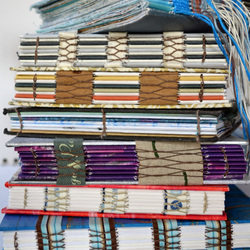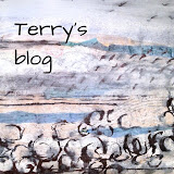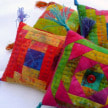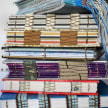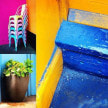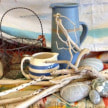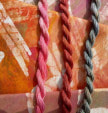I realise this sounds technical, and indeed this exercise is often done by serious artists wanting to learn how to make better drawings, but today we are just going to use it as a different way of drawing. You may remember that I told you about our brains’ shorthand back in April when we were drawing without looking:
By slowing right down and forcing our eyes to follow the outline of the object we are drawing, we actually begin to see the details. The shape of the top of the mug, the angle of the sides, how the handle joins at the top, and the bottom, how wide the handle is and does it taper. All of these details usually just disappear in your brain’s shorthand: '
Mug = circular thing with a handle for tea'. It’s your brain’s way of getting through the day without overwhelming you. You don’t need all that detail to make a cuppa!
Or we can just ignore all that, have fun and have a go at drawing voided shapes to fill with detail or pattern later.
- Fine pen – biro/ drawing pen/ felt tip
- Several sheets of paper or a sketchbook (copier paper will do fine)
- Viewing window (see below)
- Marker pen or coloured pencils
- Patterned or coloured paper – either commercial or your own decorated paper (optional)
Making a viewing window is really easy. These instructions make one in the same proportions as your drawing sheet, but you could skip steps 1-4 and draw a frame any size.
- Take a piece of card (cereal box is ideal) or paper the same size as the sheet you are going to draw on.
- Draw in both diagonal lines.
- Measure from the top and the bottom of the piece of card to the desired size and draw the horizontal lines eg if your paper is 28cm tall and you want your window to be 18cm tall, draw horizontal lines 5cm from the top and 5cm from the bottom, till they intersect with the diagonals.
- Draw the verticals to connect up the sides. The window you have created will have the same proportions as the original paper.
- Cut along the diagonals in the centre to the intersection with the horizontal/vertical lines.
- To strengthen a paper window, fold the triangular flaps round the frame, securing with sticky tape or a dab of glue.
- For a card window, remove the triangular flaps completely.
I love the shape of scissors, and have dozens of pairs of all shapes, sizes and uses; one day I'm going to fill a sketchbook with drawings of all of them, one per page .... one day! Anyway, I started with my dressmaking shears. I'm judging the approximate distance from the top and bottom of the frame to start my lines - you might be able to see that I marked the half-way points on the window for guidance. Just six simple shapes to draw and they look quite realistic.
Well that's the basic exercise, but there is so much more you can do. Here are some suggestions:
Any patterned paper will do; you could choose a pattern that is sympathetic to your subject, or something completely unexpected. It’s a great way of transforming existing pages in your sketchbook which maybe weren’t successful, which is exactly what I did for the pebbles on the left below.
Another way to do this exercise initially is to work from photographs, either with tracing paper or maybe in a drawing app on your tablet. This helps to flatten three dimensional objects and helps you see the shapes more easily.
If you have the digital equipment but have never tried drawing with it, this could be a good way to get started. Free apps include Adobe Fresco (and the older Adobe Sketch and Adobe Draw if you have an older tablet), Paper and Autodesk Sketchbook) – there are loads out there. Some drawing apps allow you to have layers. This means you can open a photograph in the app then add a layer over it like a piece of tracing paper. All your drawing goes on this layer. Trace the outlines of the negative spaces, ‘switch off’ the photograph, then add another layer to fill them with colour.
| In your app you can just add a patterned layer underneath your drawing, then you can save it, or even save a time-lapse video of the whole process in some apps, which never fails to fascinate me. The one above shows the process in Adobe Draw, and it's a bit rough and ready because the stylus I have is not very fine, and its a bit old so its not supported any more, although it does still connect to the app so you can prevent accidental palm drawing. |
Have you been watching Gayson's Art Club on Channel 4? If not, it's well worth seeking out on catch-up. He, like us, believes that art is important to get us through this crisis. I love that he says that to be creative we need to be relaxed - I actually think it works both ways - the more we do the more we relax into it. And he says that to make art you need to make yourself vulnerable, by which he means you need to be open to possibilities, and be prepared to fail. In other words, just have a go, and don't worry about what the outcome will be.
So with that in mind, do have a go at this week's creative ideas. We’d love to hear how you got on … take a quick snap and post it over on Instagram using the hash tags: #institchescreative2020 and #institches2013. Don't forget to follow both us and the hashtags to see what everyone else is creating too!
On Facebook reply to the relevant week's post with your comments and images. And don't forget to actually follow InStitches on Facebook to see what everyone else is up to.
Until next time - keep the creativity flowing...
Terry & Hazel
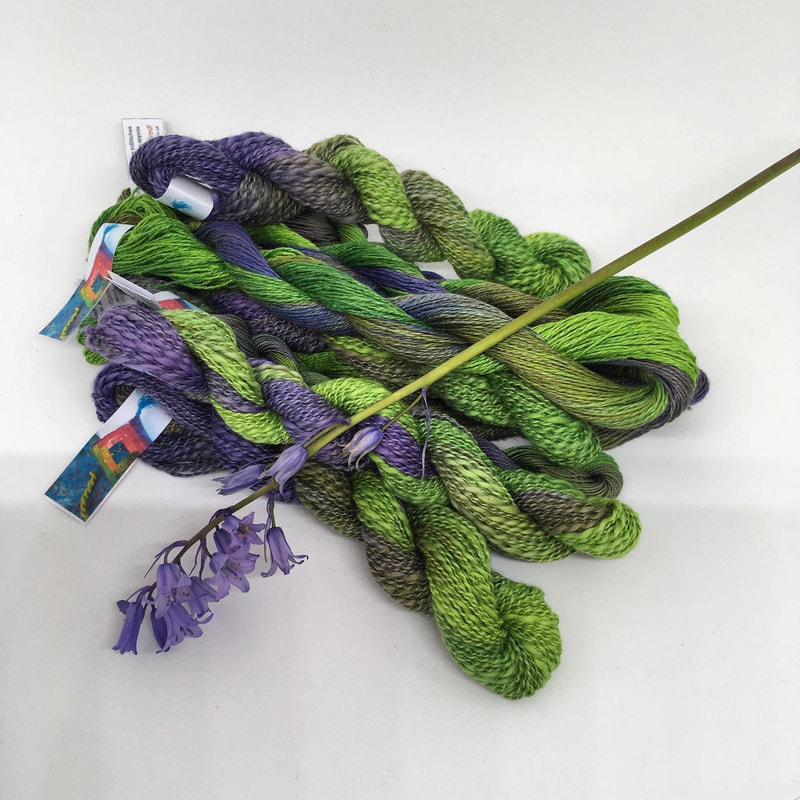
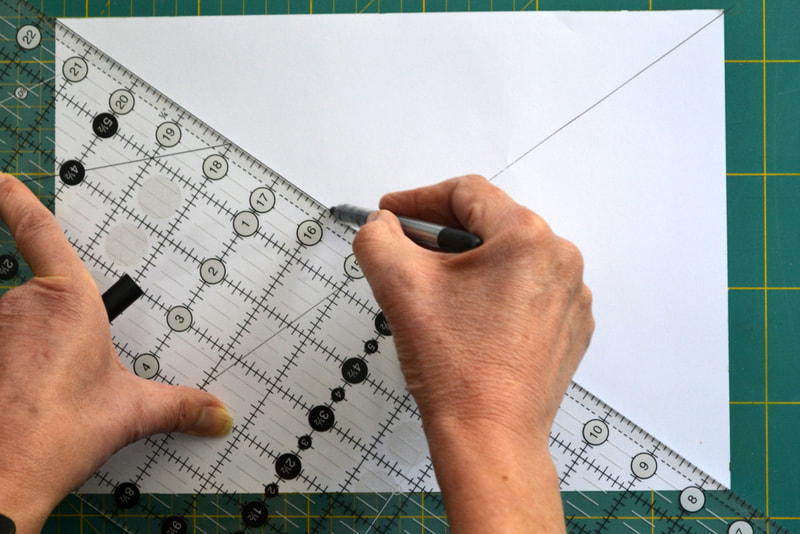
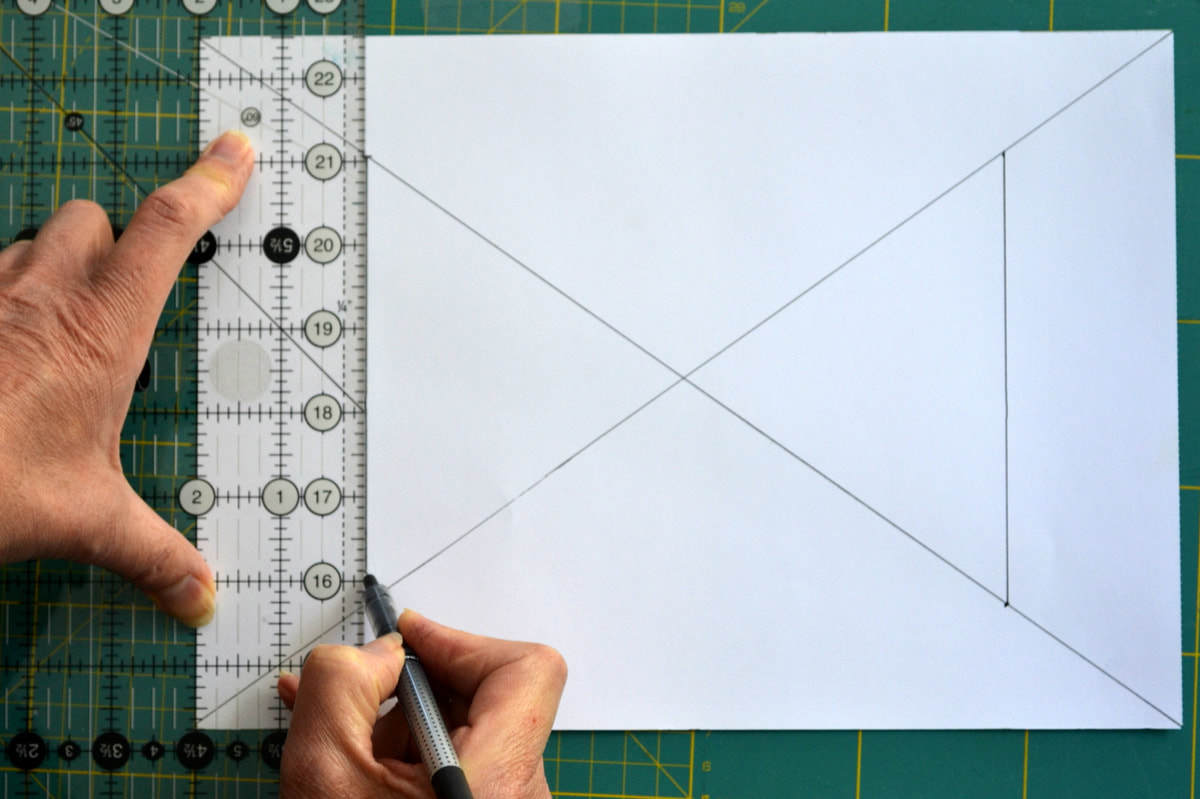
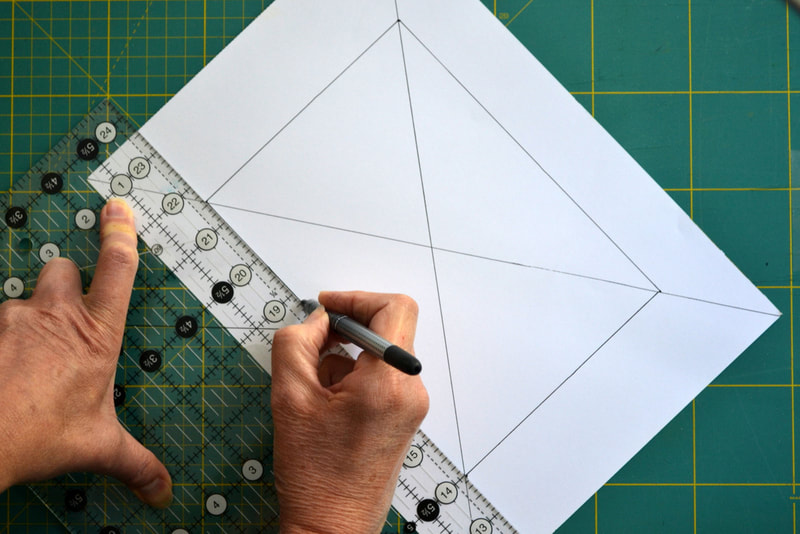
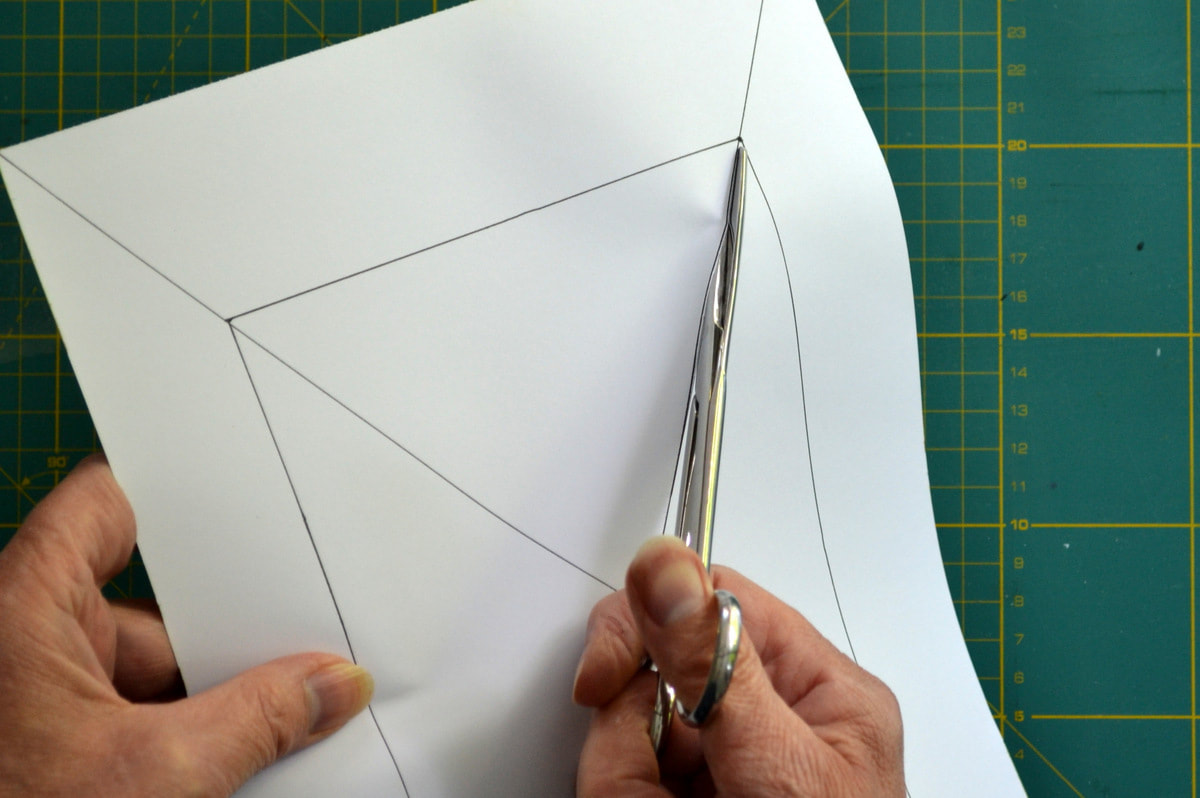
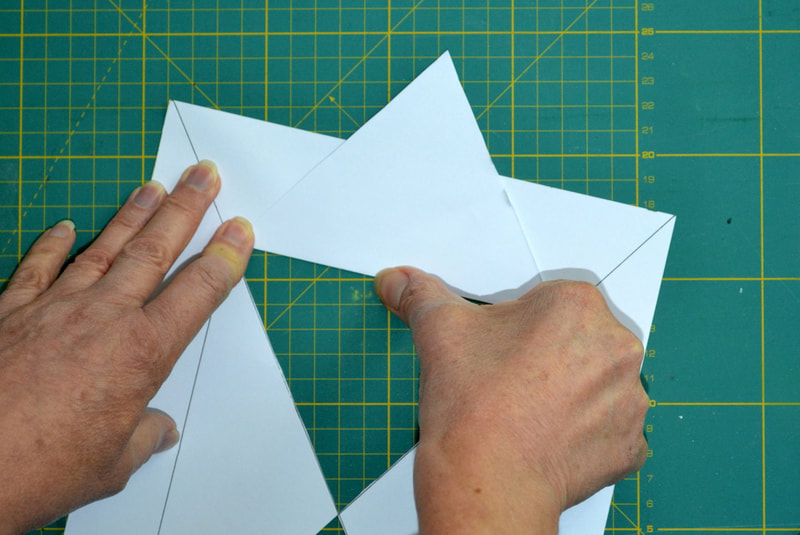
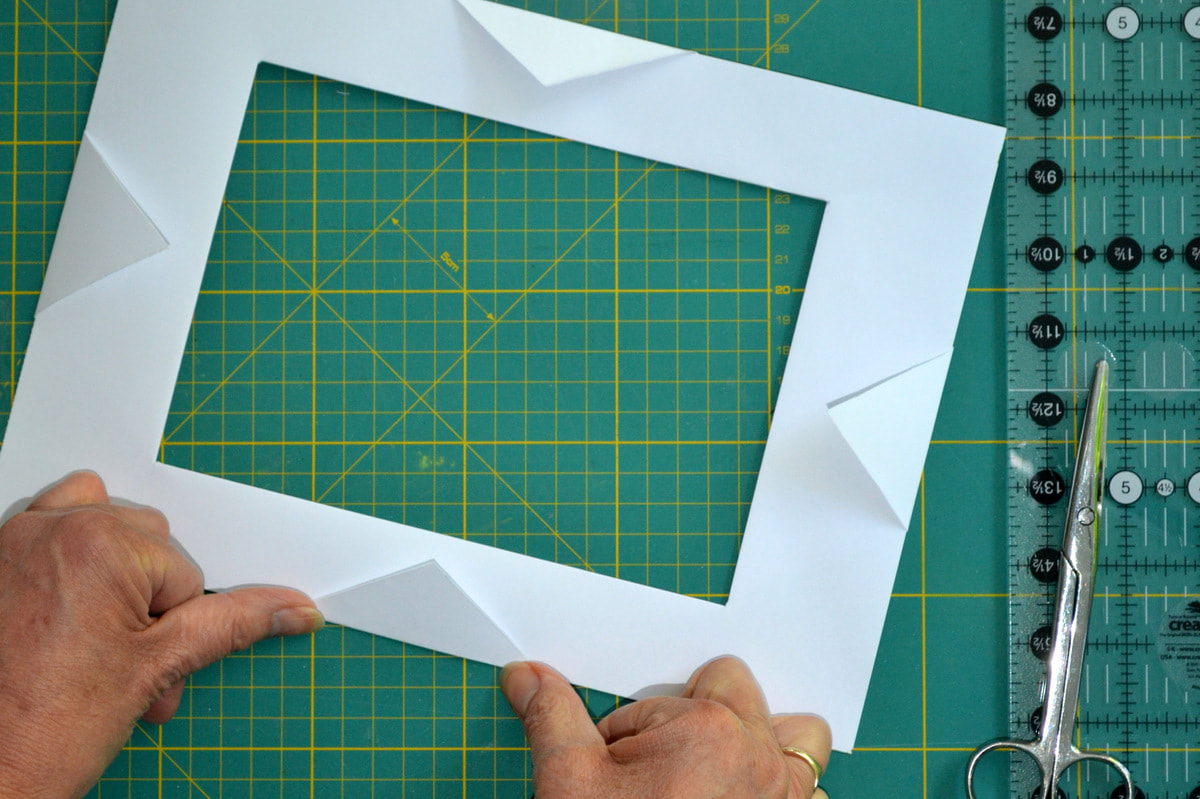
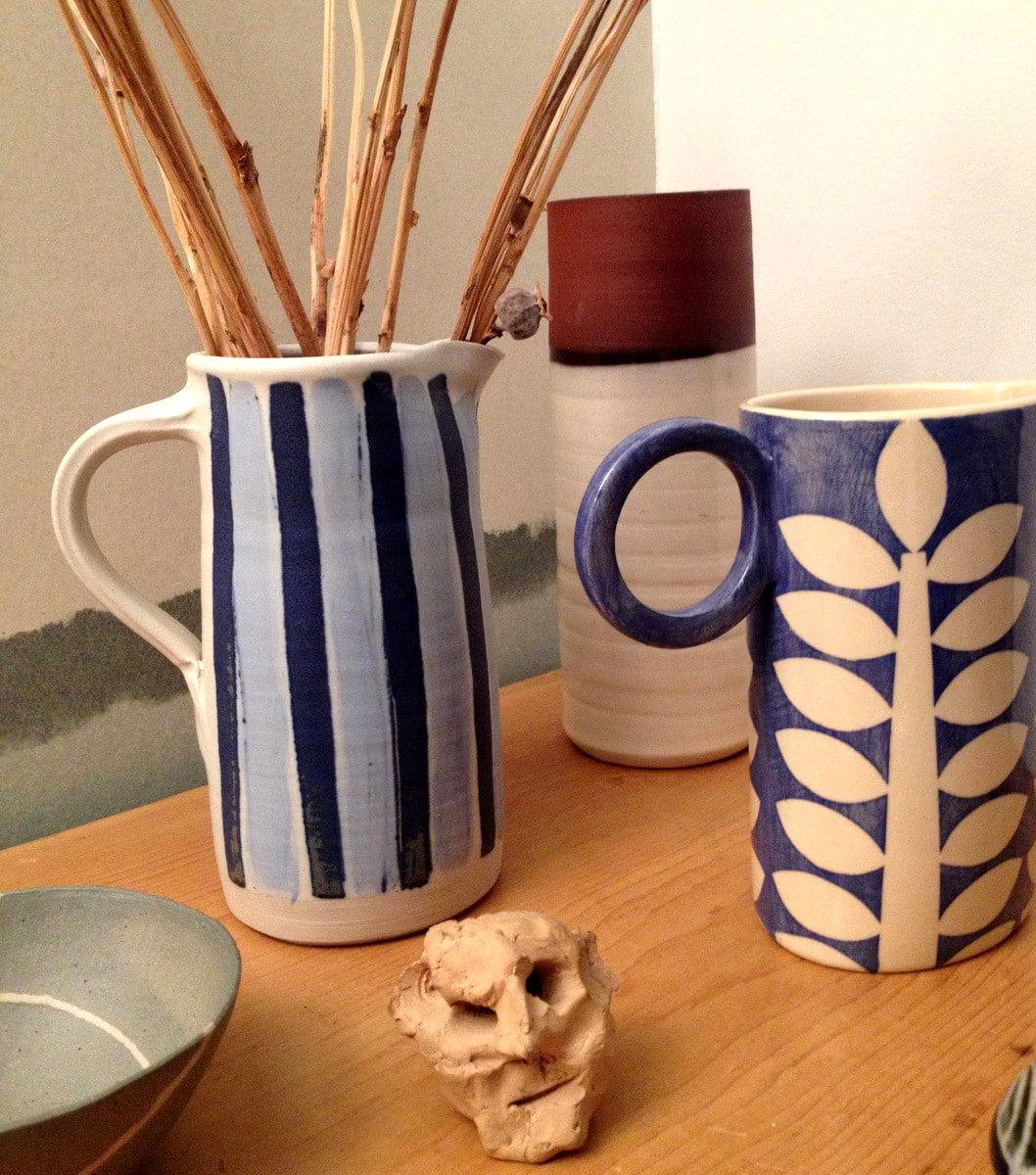
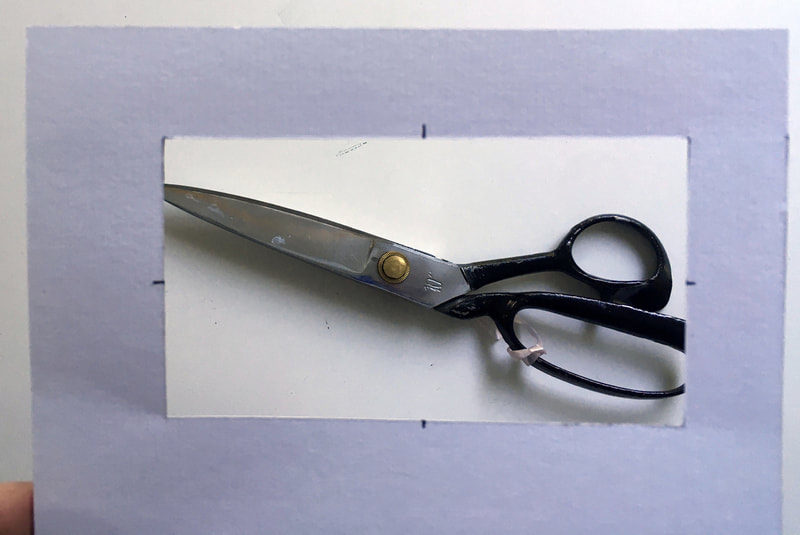
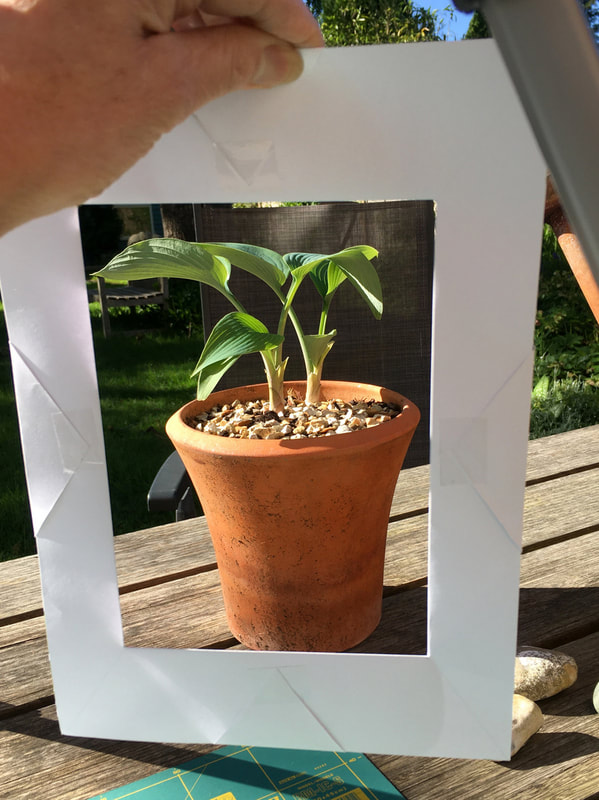
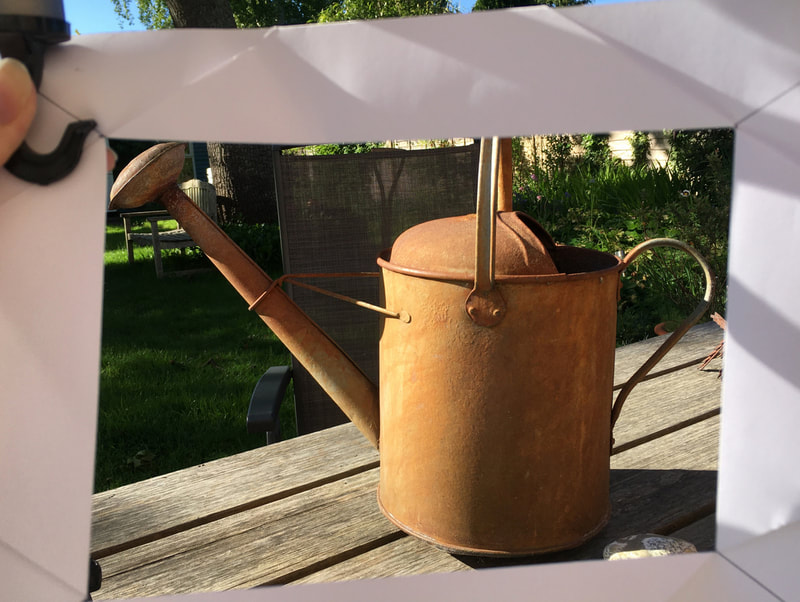
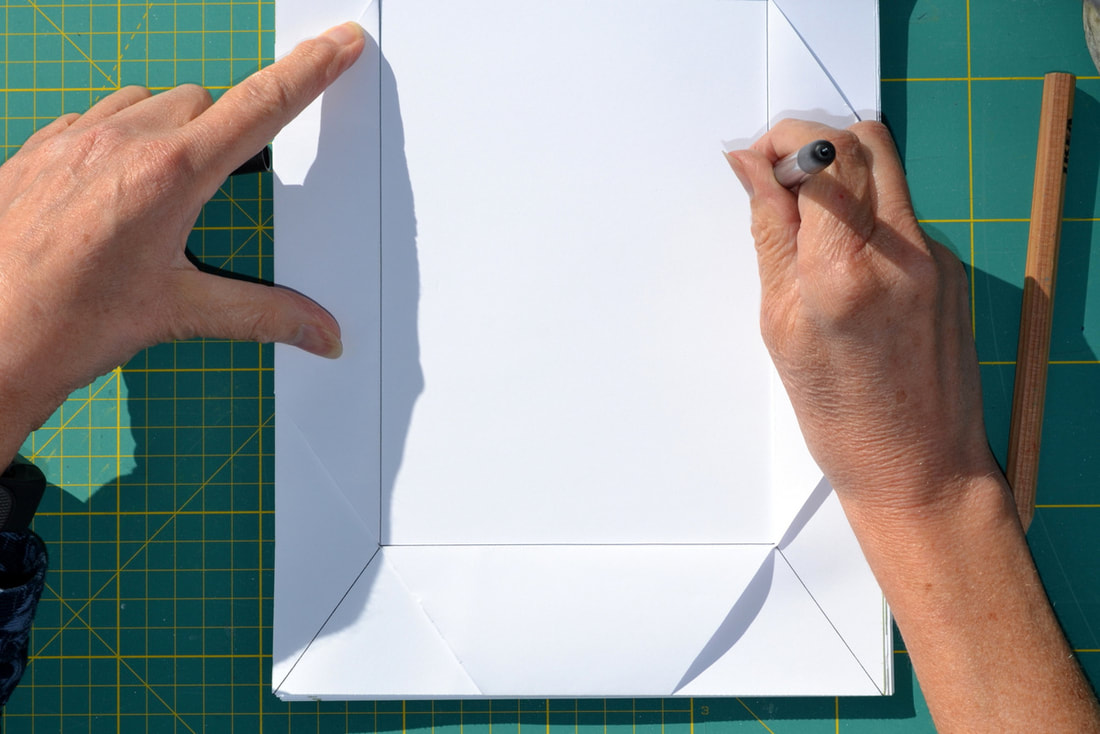
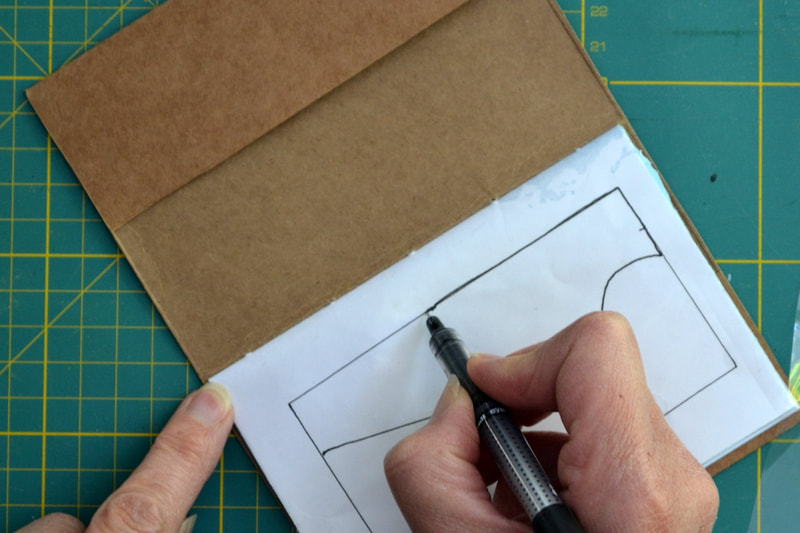
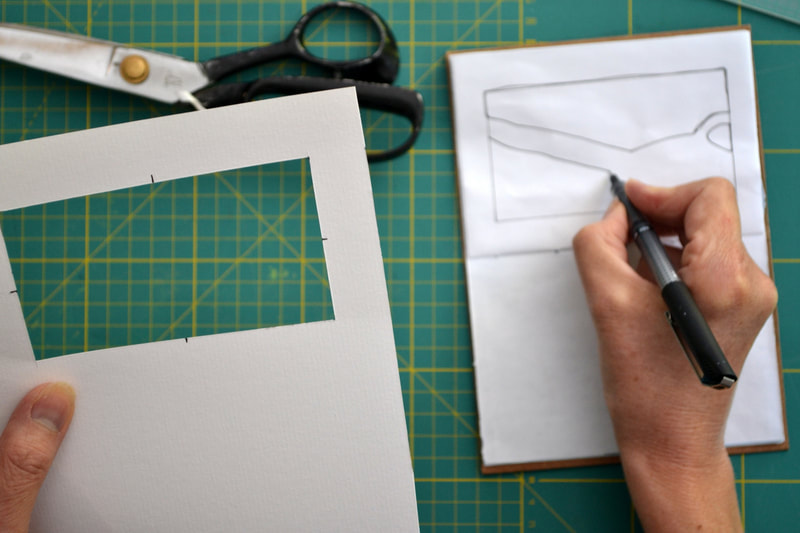
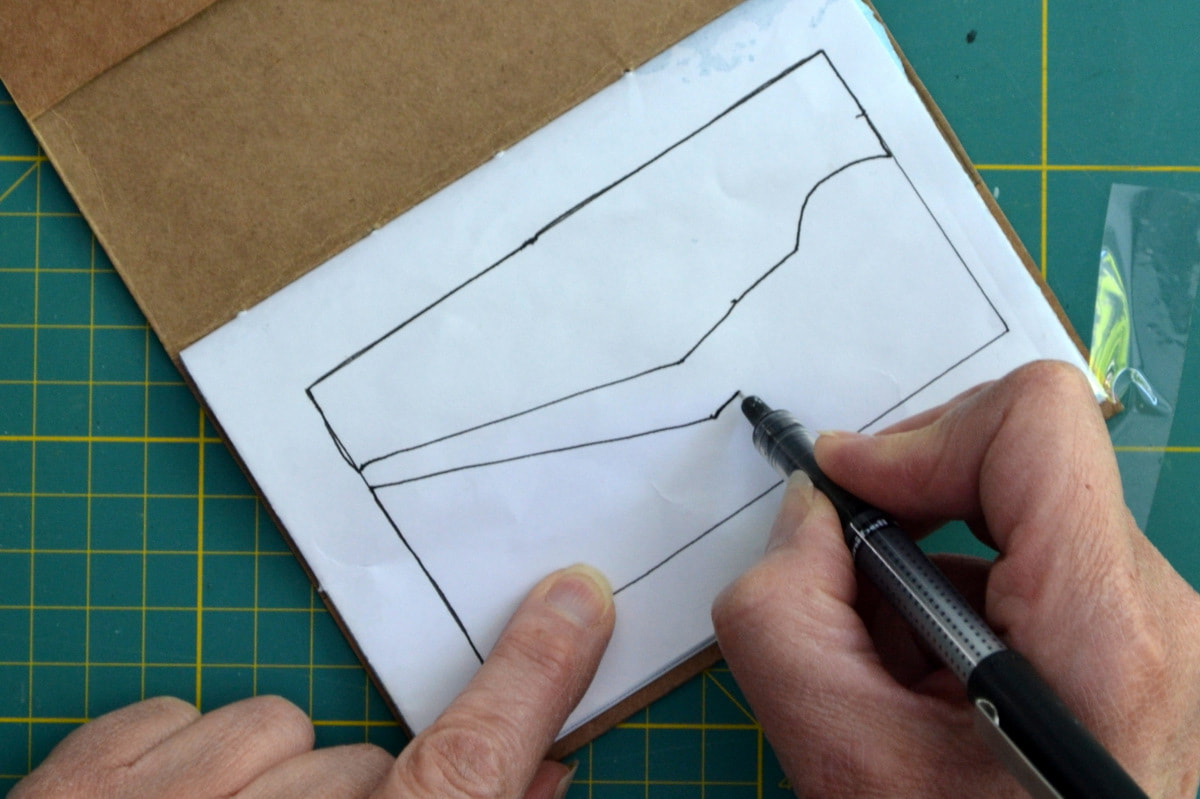
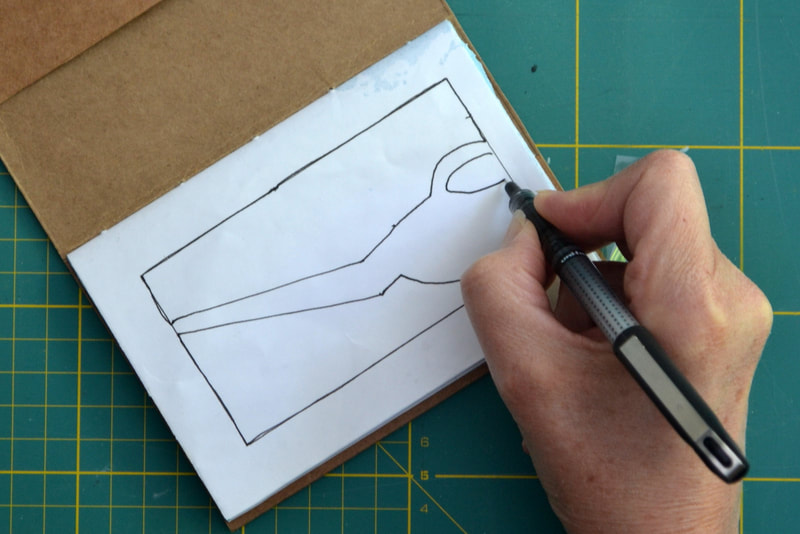
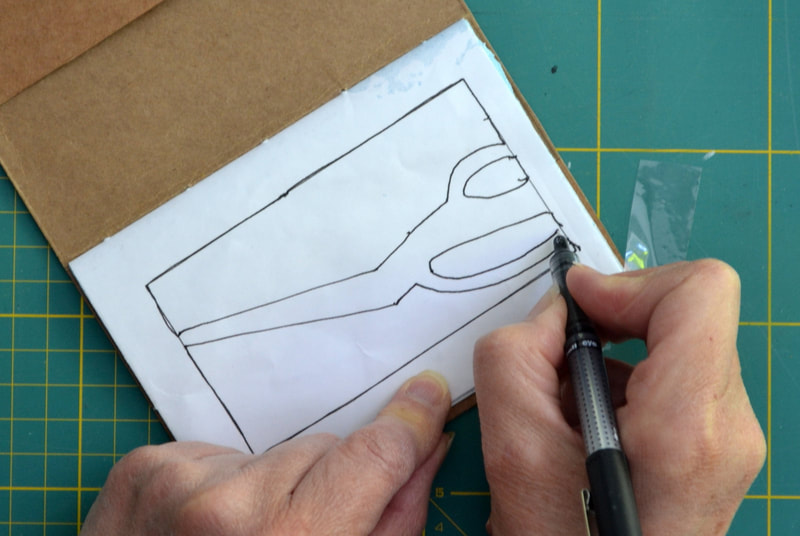
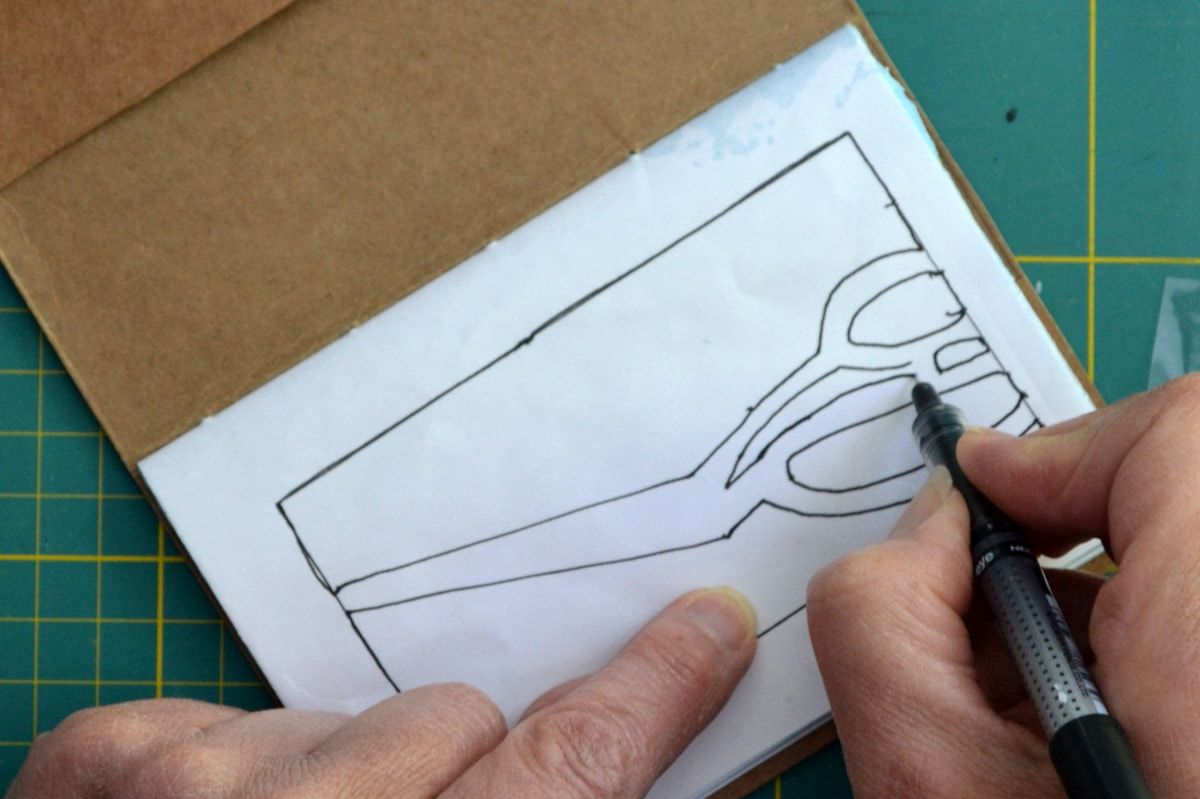
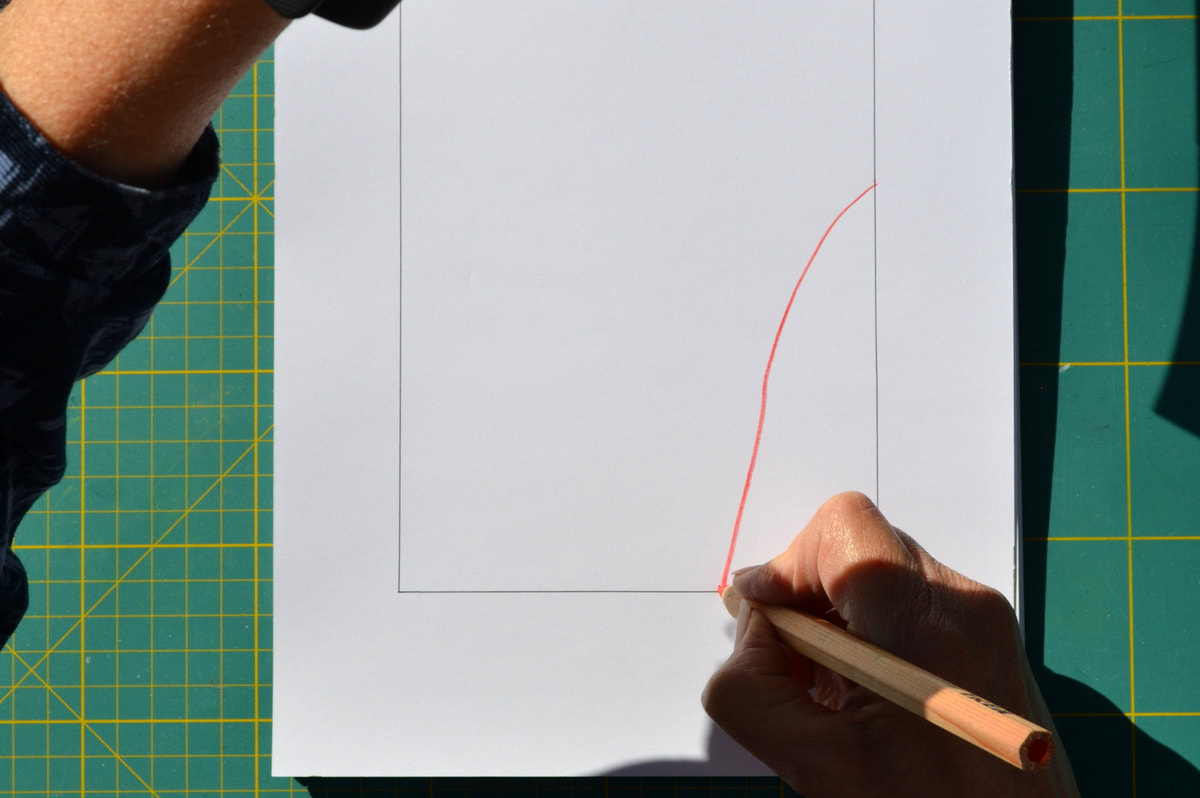
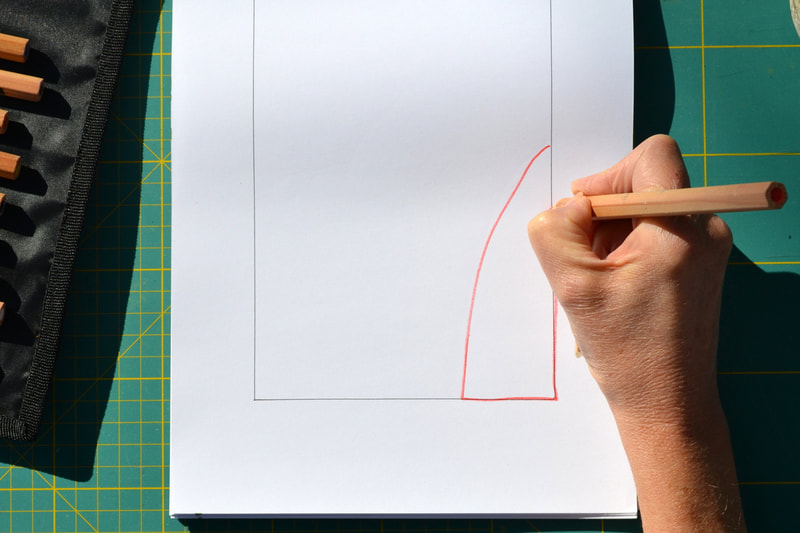
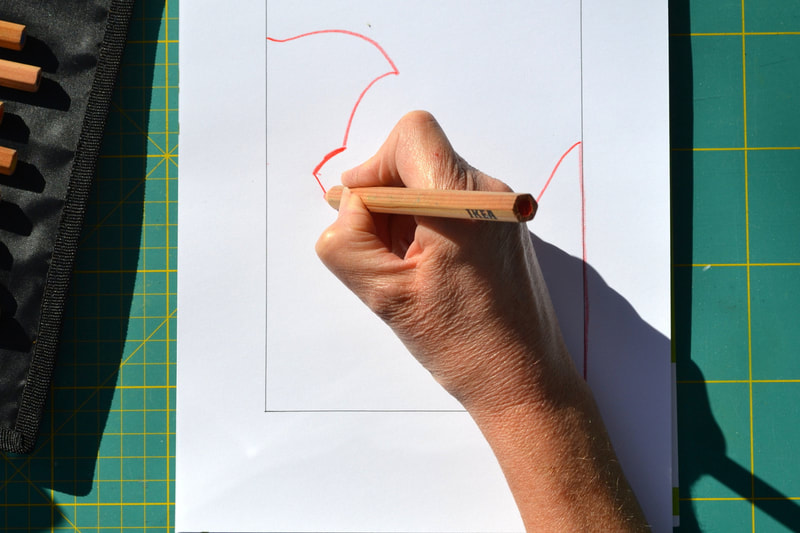
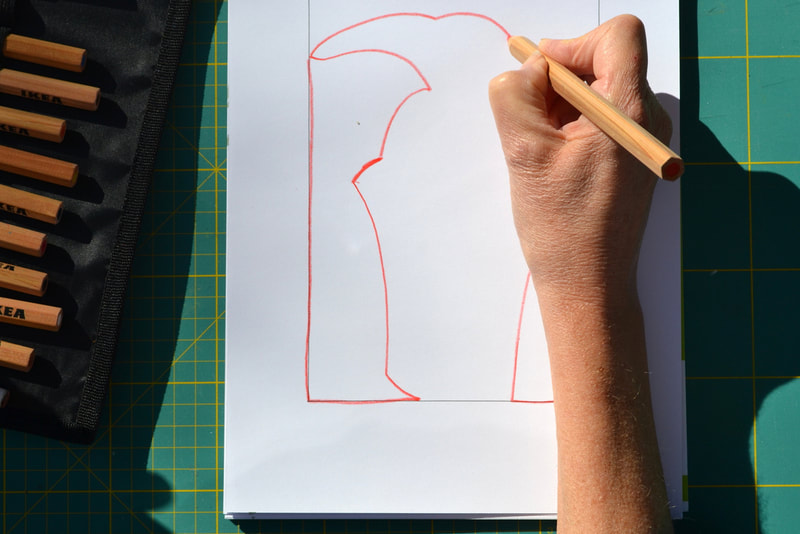
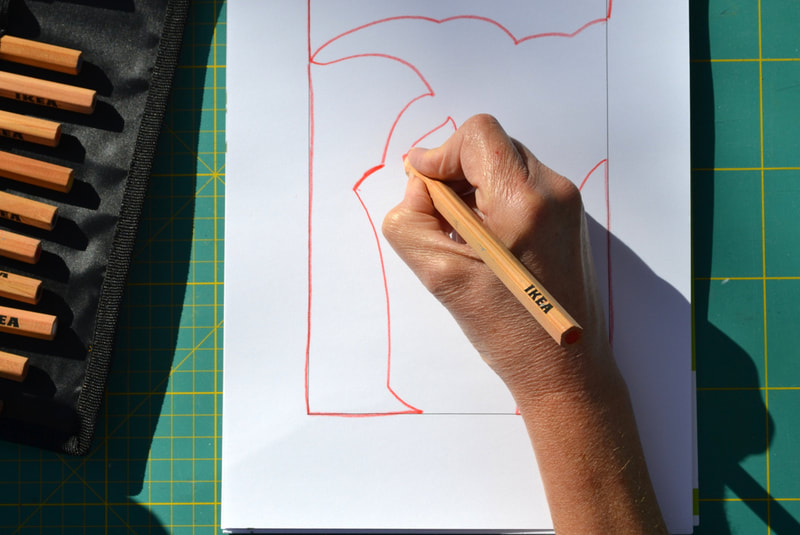
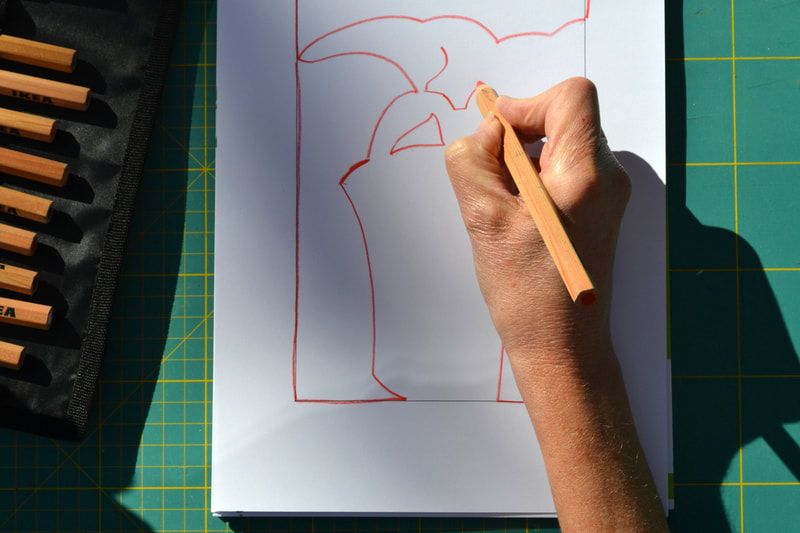
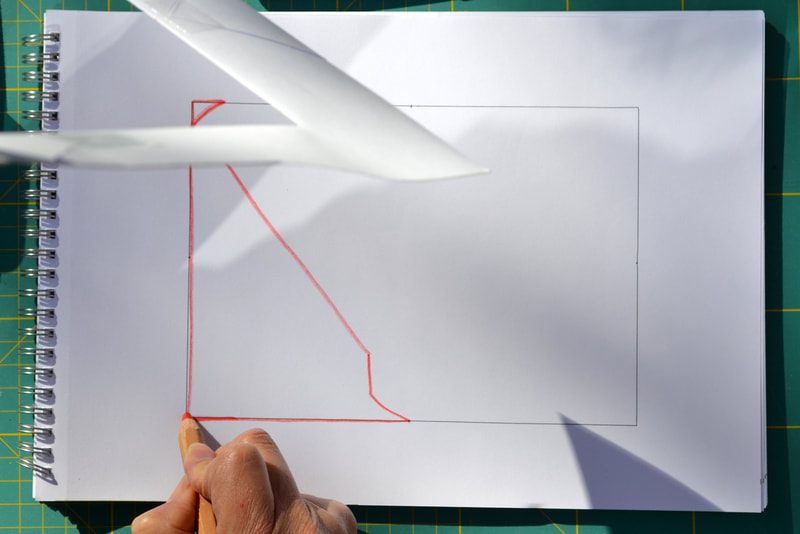
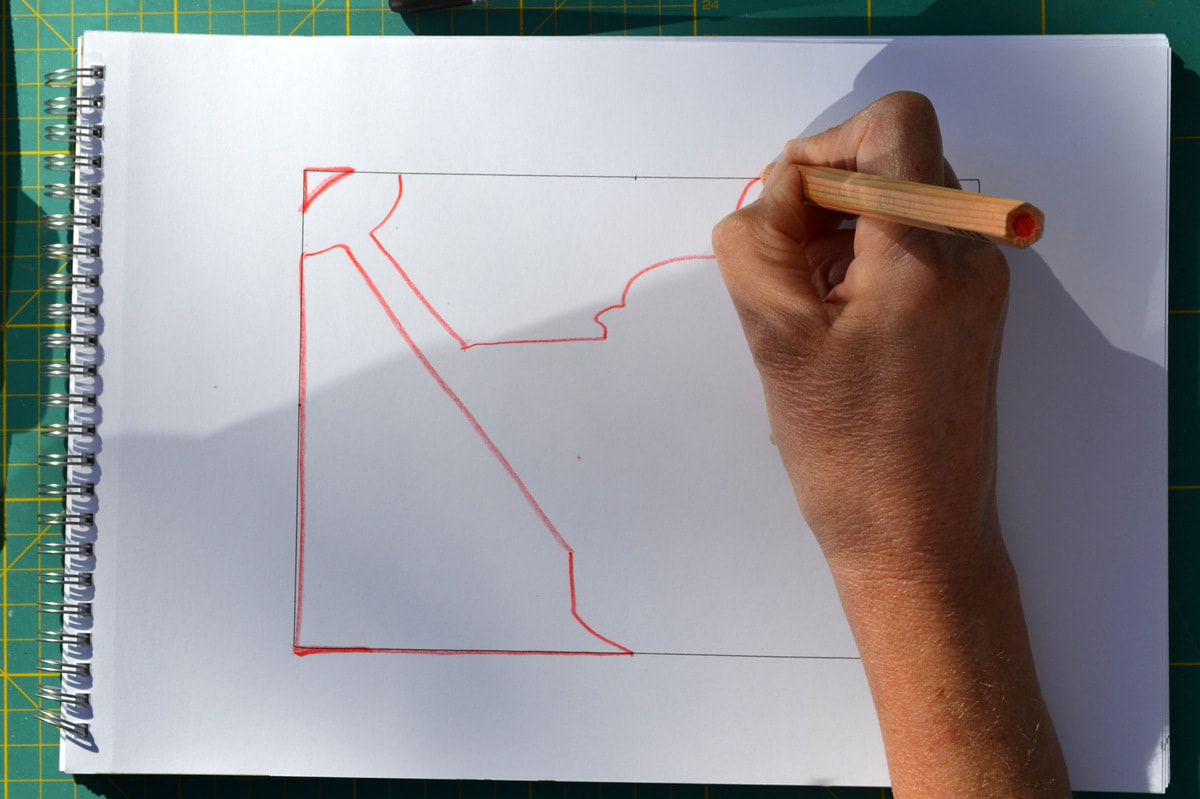
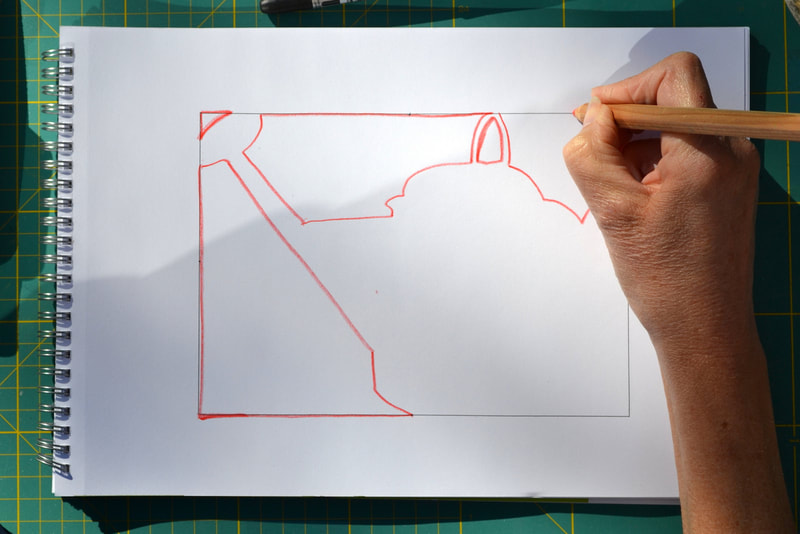
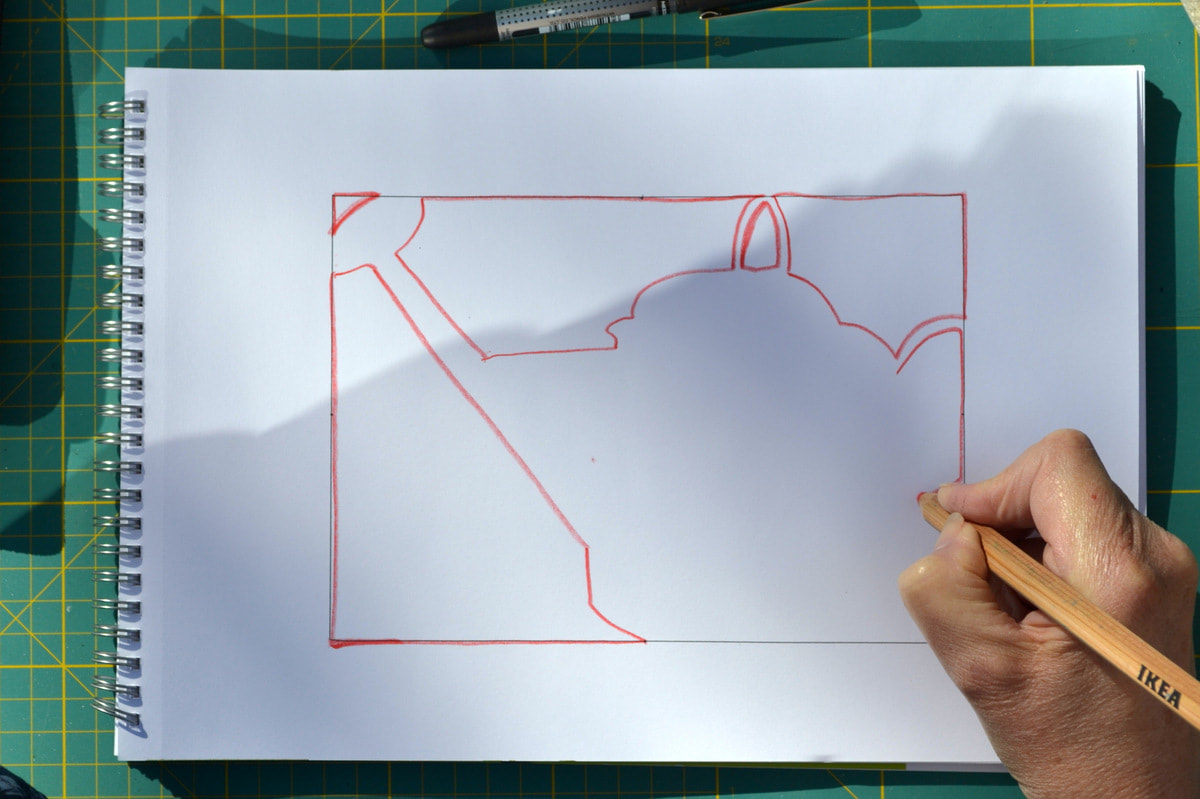
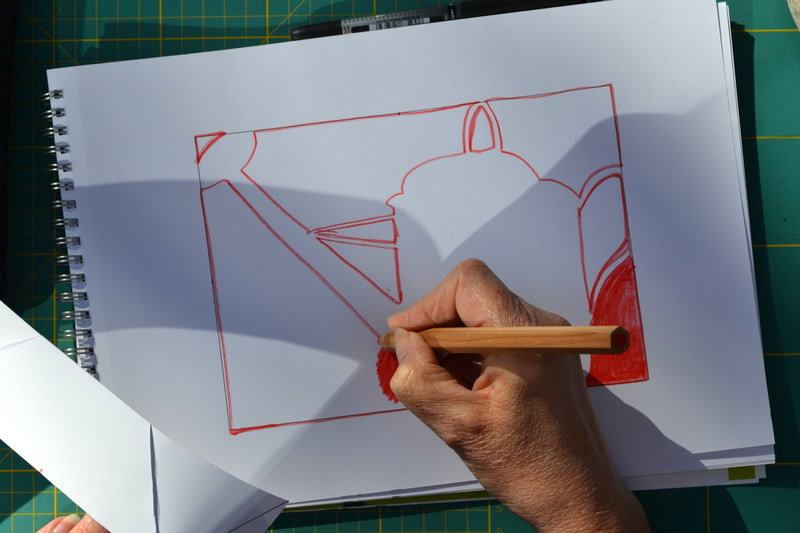
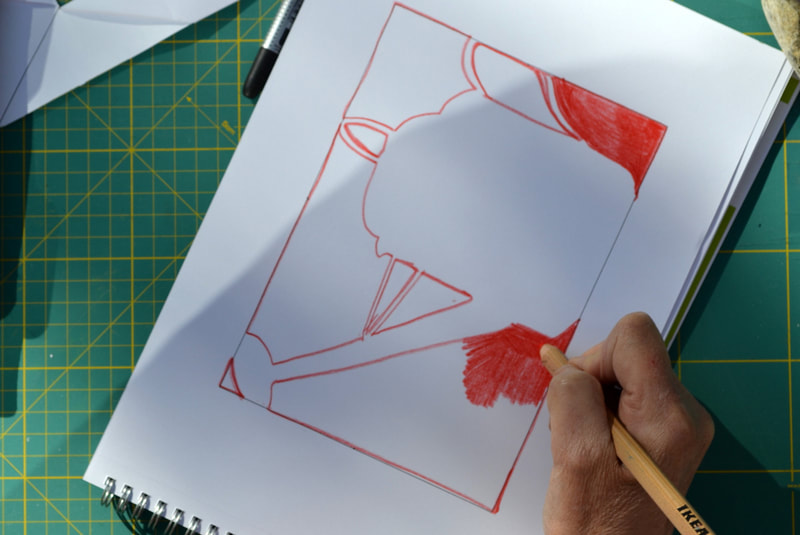
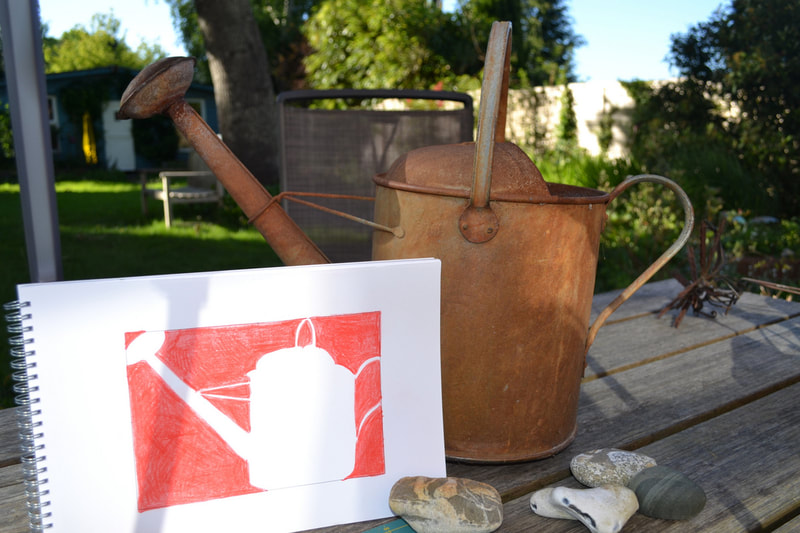
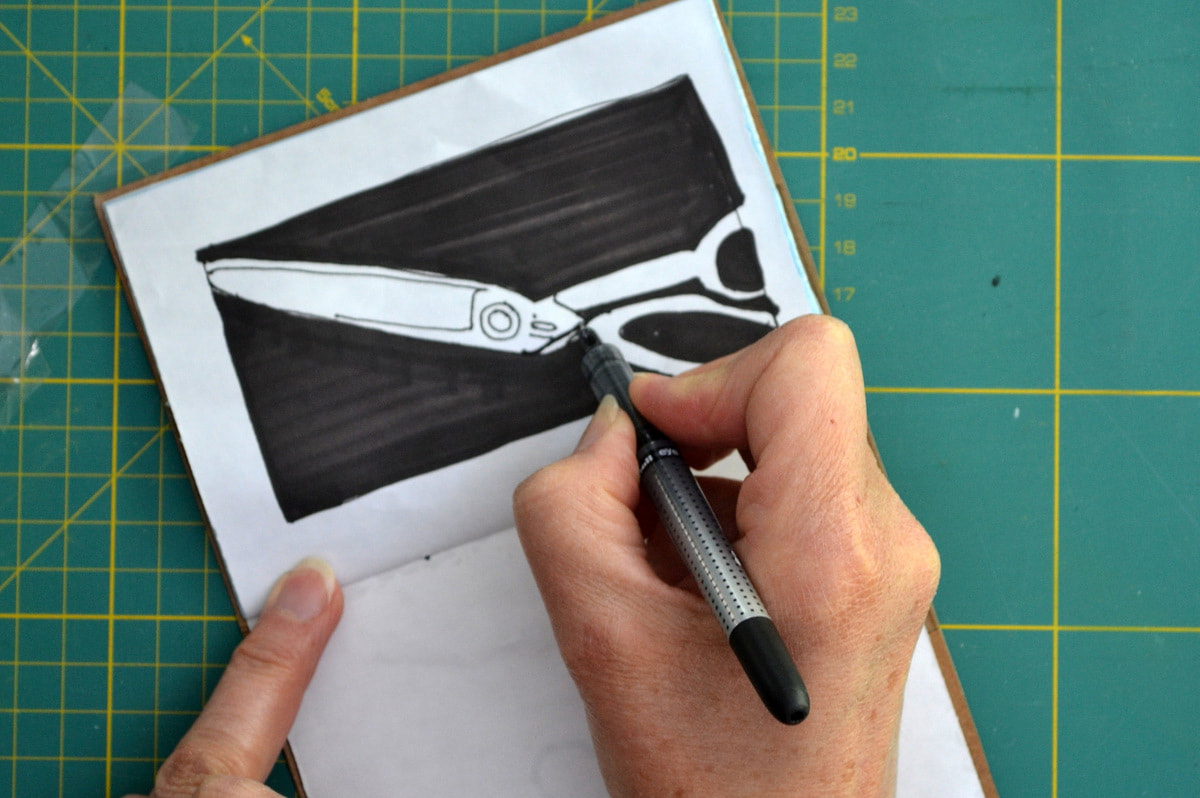
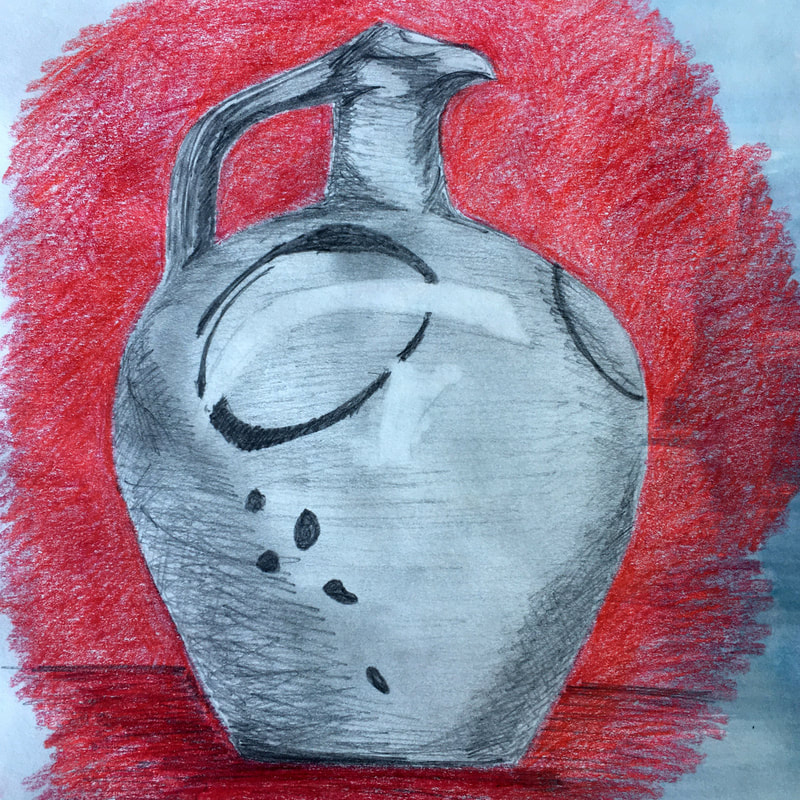
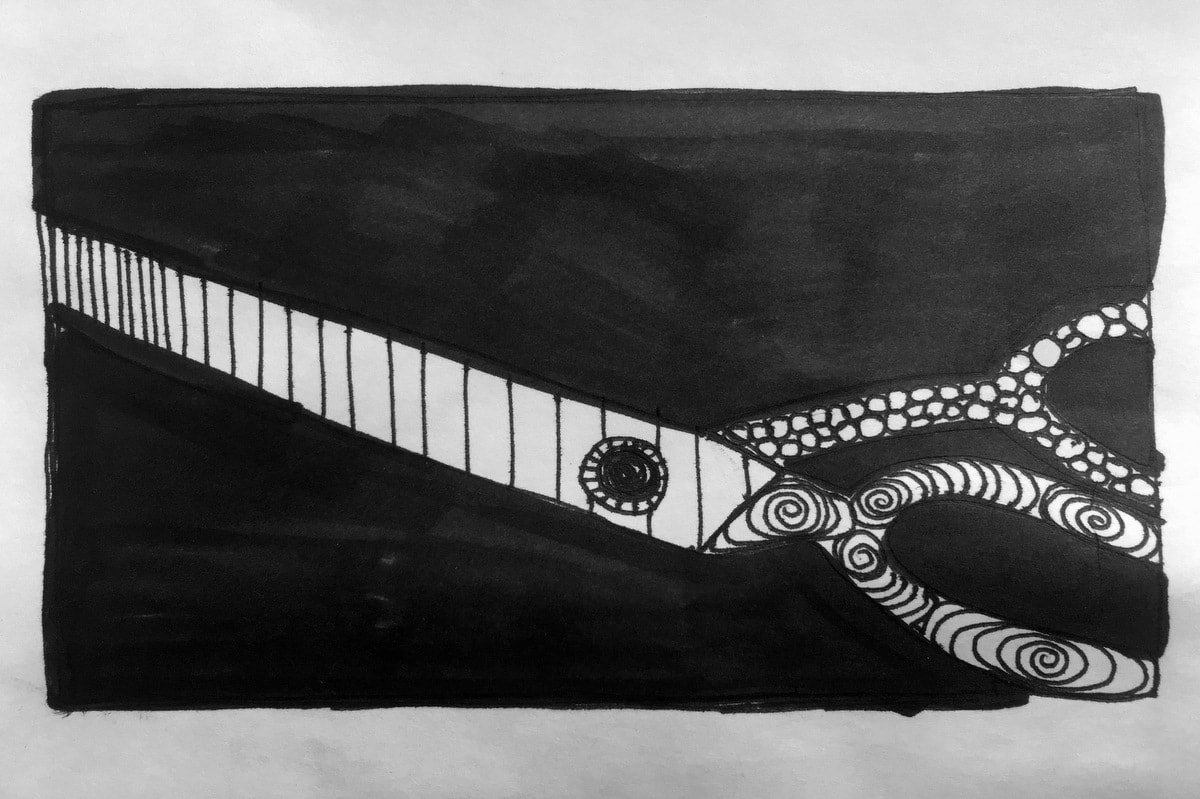
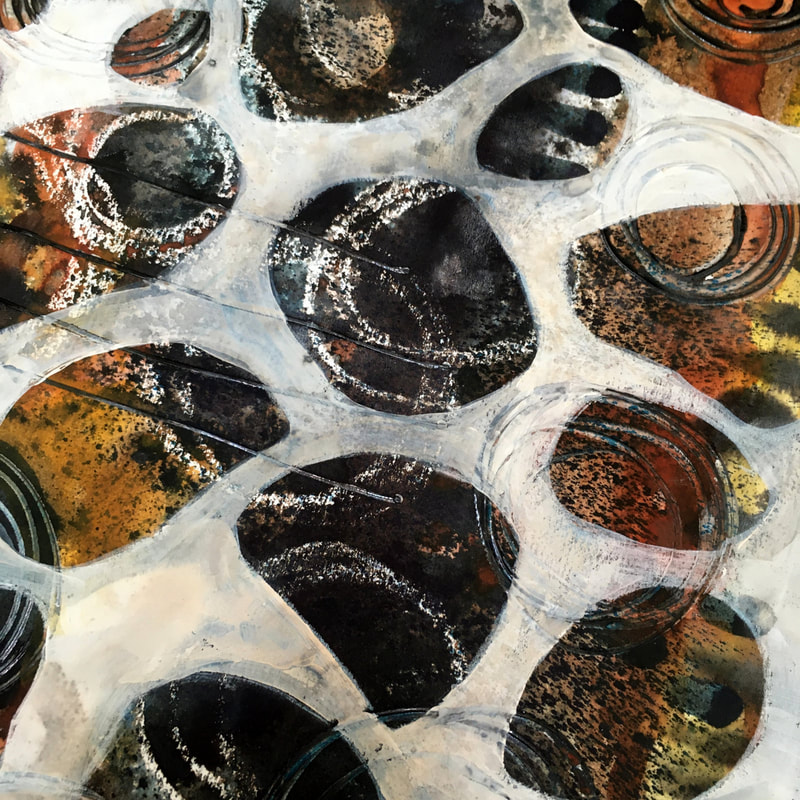
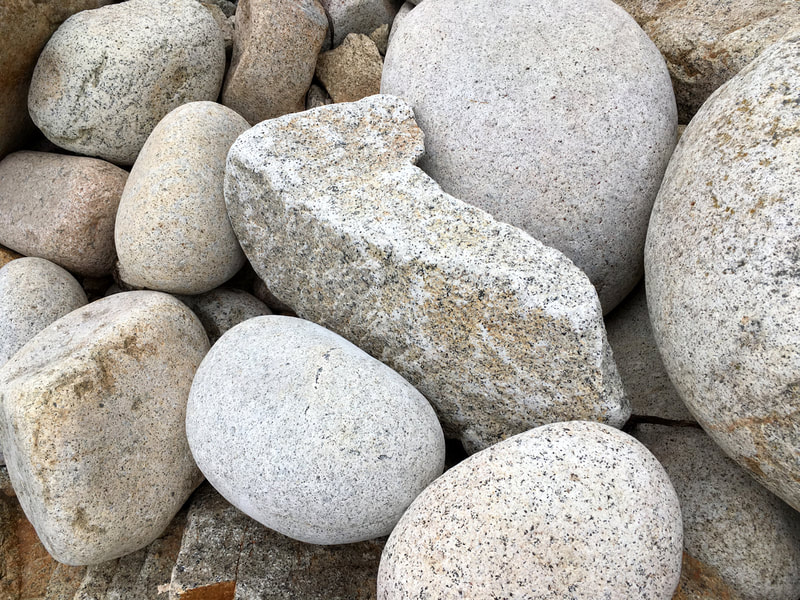
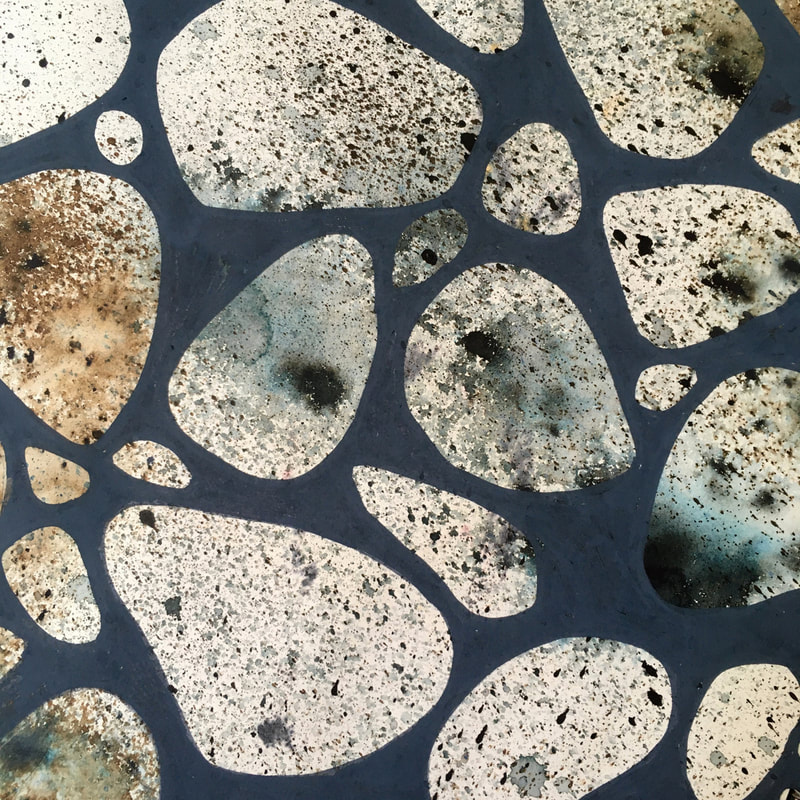
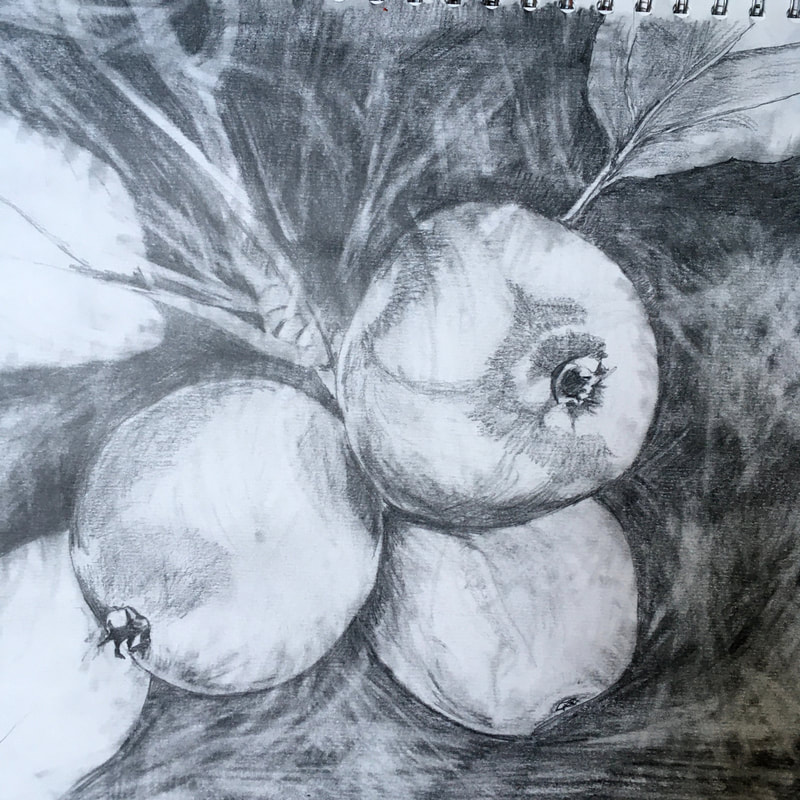
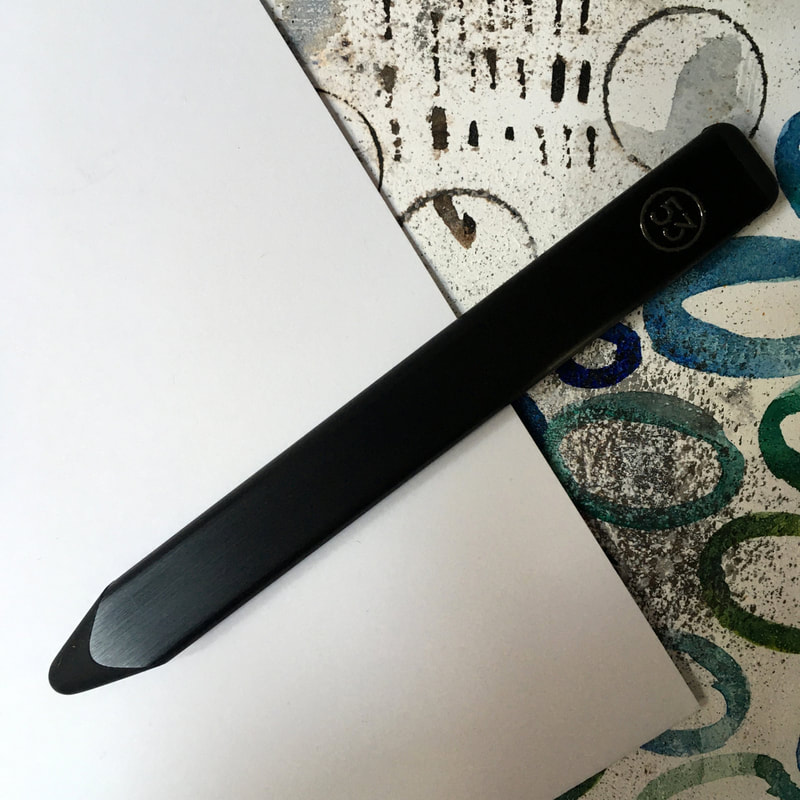

 RSS Feed
RSS Feed
